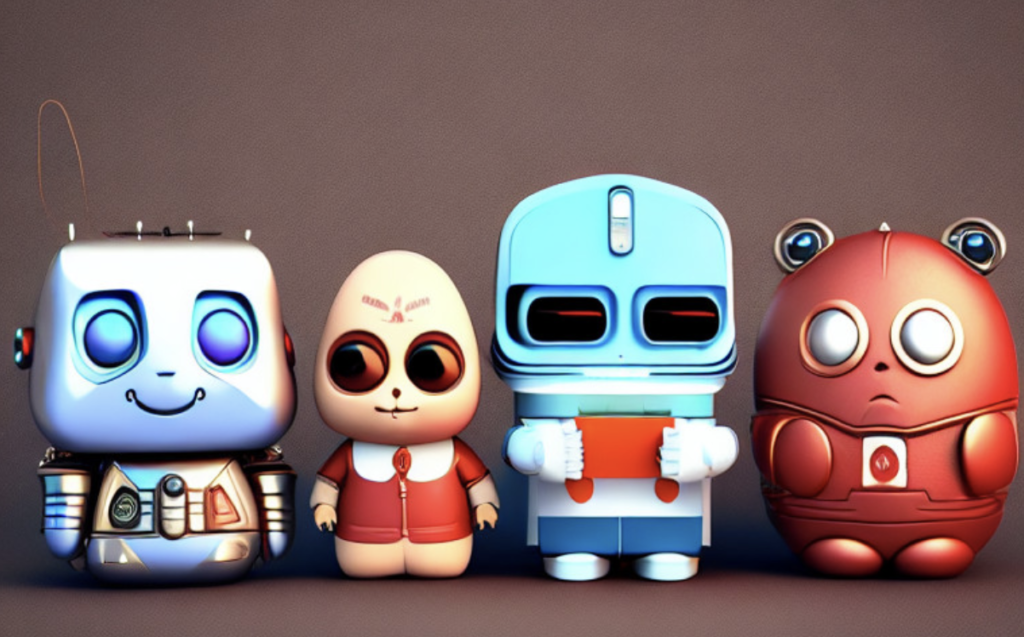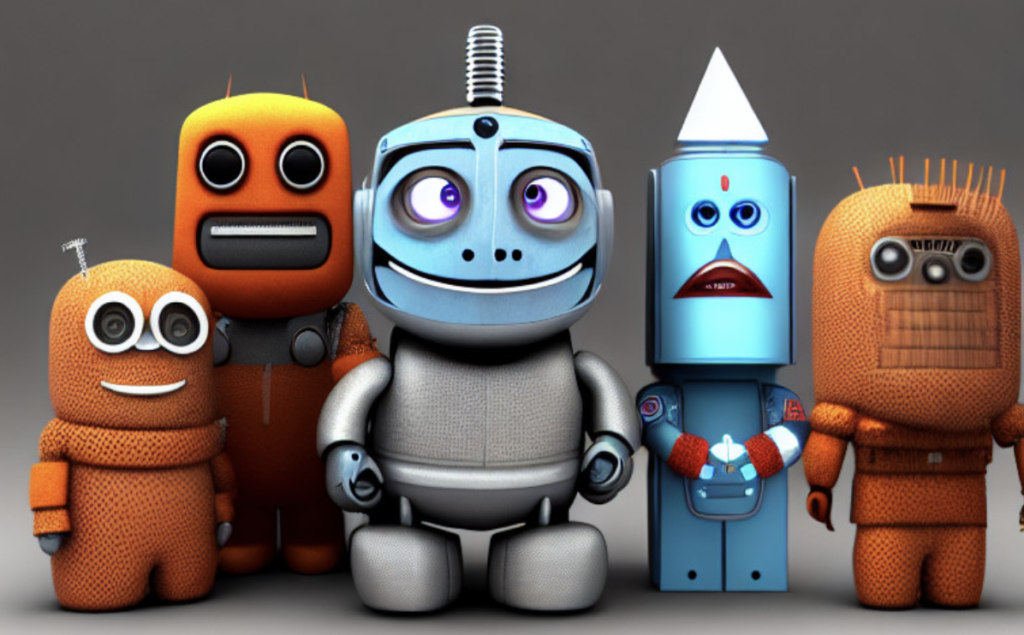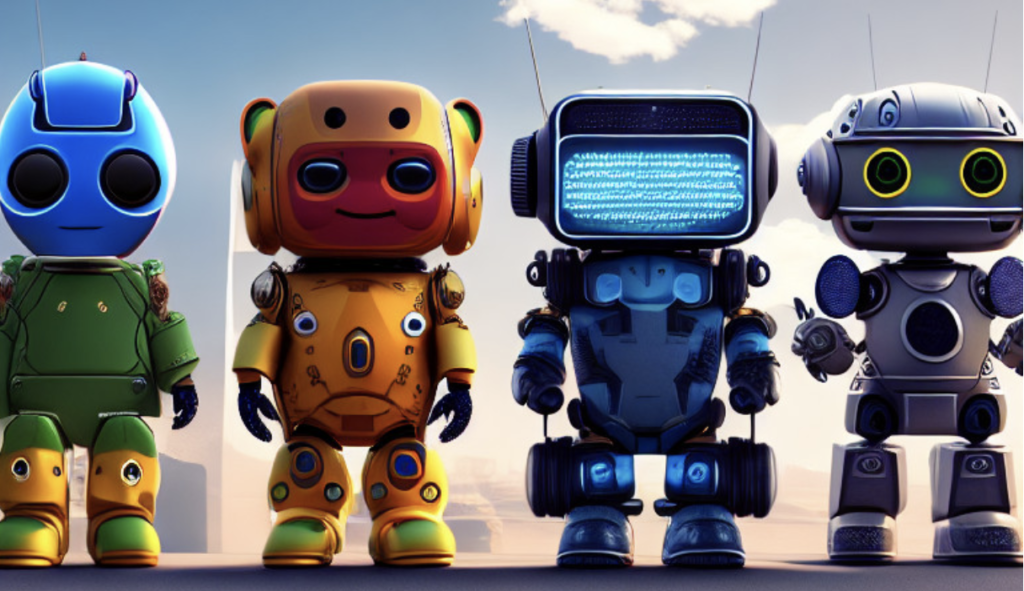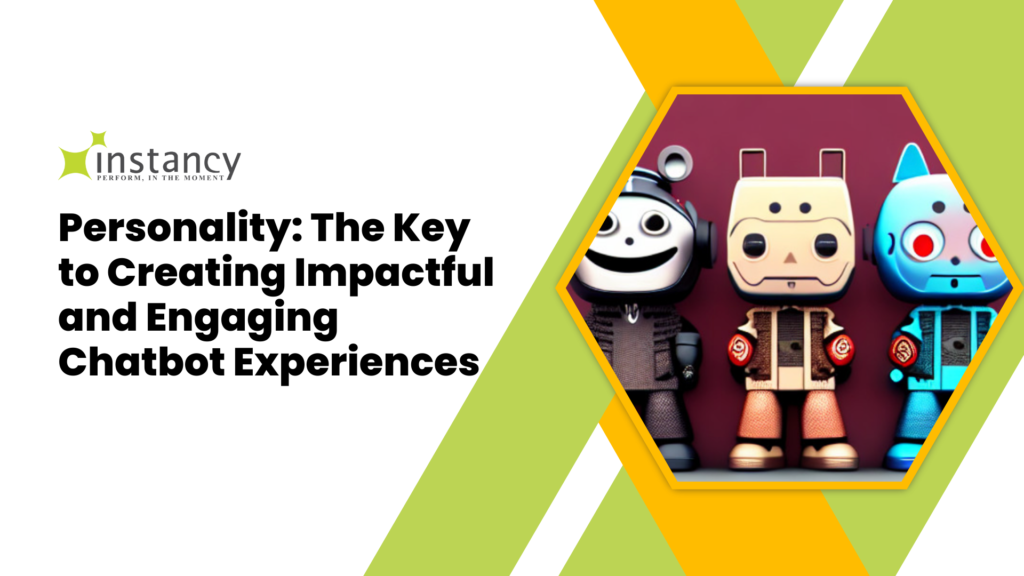In the current digital age, chatbots have become an integral part of customer service and interaction strategies. These are software applications that mimic human conversation and are designed to automate the interaction between humans and technological devices. They are commonly found on websites and social media platforms, assisting users and providing customer support around the clock. One aspect that distinguishes an effective chatbot from an ordinary one is its personality. A chatbot with personality can create more engaging and impactful conversations, ultimately leading to better customer retention.
Personality is Key to Exceptional Chatbot Experiences
The effectiveness of a chatbot experience hinges heavily on the chatbot’s personality. The way a chatbot interacts, responds, and engages with a user is a key determinant of the user’s overall experience. A chatbot with a distinctive personality can resonate better with customers, making conversations more impactful and engaging. It builds a sense of connection and familiarity, thereby increasing customer engagement, which, in turn, translates into increased customer retention.
Techniques to Add Personality to a Chatbot

There are several techniques that can be employed to infuse a chatbot with personality. This section will delve into the details of these techniques, offering a comprehensive guide on crafting an engaging chatbot personality.
Understanding the Purpose of Your Chatbot
Understanding the purpose of your chatbot is a fundamental step in crafting its personality. By analyzing what issues your customers face and how your chatbot can address them, you can create a bot personality that is effective and user centric. If the purpose of your chatbot isn’t clearly defined, it may lead to ineffective interactions, causing potential damage to your business’s customer service experience.
Tap into Your Target Audience
Another important aspect of developing a chatbot personality is understanding your target audience. The chatbot’s personality should resonate with its users. This could involve emulating the personality of one of your existing service employees or ensuring that the chatbot’s persona aligns with the persona of your other communication channels. This ensures consistency and familiarity for your users, leading to improved user experience.
Give a Name to Your Chatbot
A name can significantly influence a chatbot’s personality. Giving your chatbot a unique and catchy name can make it more memorable and appealing to your users. A well-chosen name can also make your bot stand out among the crowd, boosting its recognition and impact.
Empathy and Emotions

To create a truly engaging chatbot, it’s crucial to incorporate elements of empathy and emotions. This can transform your chatbot from a mechanical responder to a relatable entity. By doing so, your chatbot can handle unexpected questions with grace and personality, further enhancing its engagement with users.
Creating a Personality for ChatGPT LLM-based Chatbot
ChatGPT is a type of Large Language Model (LLM) developed by OpenAI. It’s designed to generate human-like text based on the input it receives. To give a ChatGPT LLM-based chatbot a personality, you can start by defining the personality traits you want your chatbot to have – be it friendly, professional, casual, or humorous. The chatbot’s language style should then be adapted to match these traits. This includes the use of specific vocabulary, tone, and mannerisms. Personal touches can also be introduced to make the chatbot more relatable and personable.
Fine-Tuning a ChatGPT LLM-based Chatbot
Fine-tuning is a method to modify a pre-trained model, like ChatGPT, to adapt to a specific task or to adopt a certain style. In this case, you can fine-tune your ChatGPT LLM-based chatbot to incorporate a specific personality style. This process involves training the model with examples of conversations that reflect the desired personality. This may require significant computational resources and expertise, so consider seeking guidance from professionals or using pre-existing tools and resources.
Conclusion

Creating a chatbot with personality is more than just programming – it’s about crafting an entity that resonates with your audience, makes conversation engaging, and leaves an impact. By following these guidelines, you can start on your journey of creating a chatbot that not only answers queries but also does so with a unique and captivating personality.
Want to build a chatbot that seamlessly aligns with your brand identity? Learn more about Instancy’s No-code, Large Language Model-based chatbot application. Start crafting an engaging chatbot personality and take your customer service to the next level. Get started with Instancy today!




